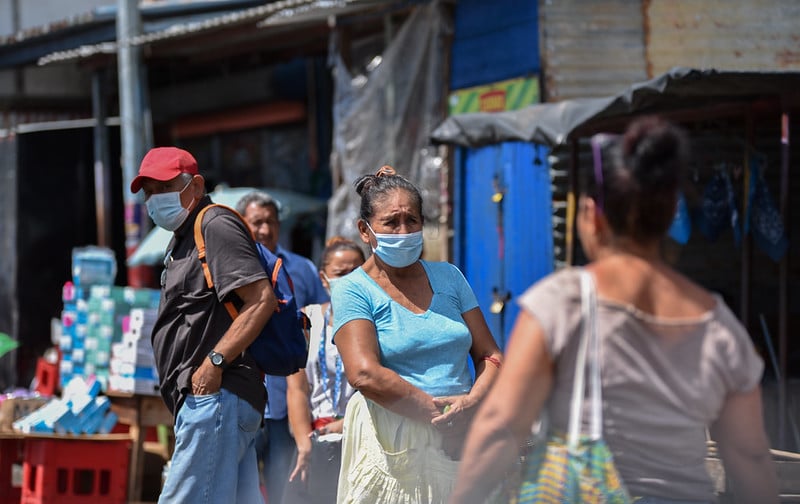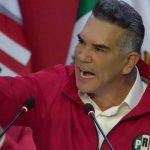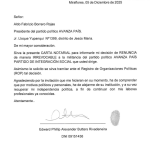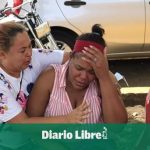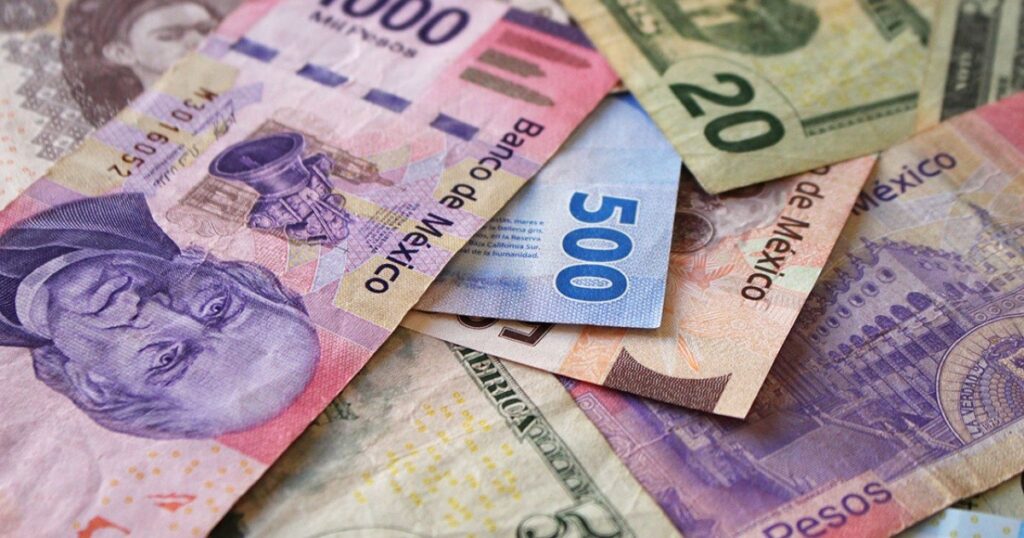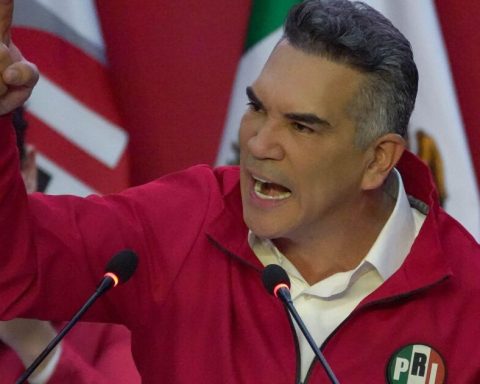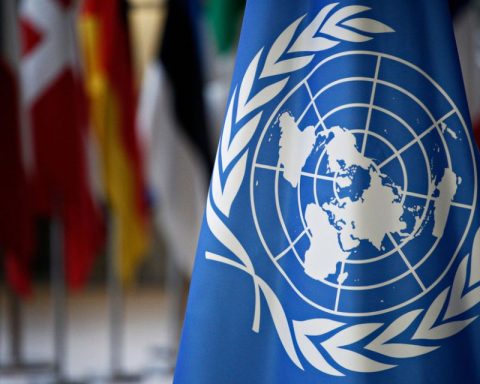It is difficult to predict what will happen to covid-19 during 2022, but 2021 was worse than 2020, when the first year of the pandemic was registered.
In America “we saw three times the number of covid infections and deaths compared to 2020 (…) Our health systems were put to the test like never before,” said the director of the Pan American Health Organization (PAHO), Carissa F. Etienne.
The second wave of covid-19 hit Nicaragua in 2021 and made it stronger. The outbreak arrived in August and extended during September and October, exceeding the capacity of several public hospitals, with an increase in infections that not even the Ministry of Health (Minsa) could hide and an estimated 2,229 deaths in 90 days, according to data independent monitoring.
Etienne reiterated that countries have learned the tools to control the virus and progress has been made in vaccination.
However, in Nicaragua the Minsa not only persisted in hiding the data on the true impact of the pandemic, sustaining for more than 16 months the unlikely of a single death per week, but also kept silent on the circulation of the four variants of SAR-CoV-2 concern, mainly about delta, which would have triggered the outbreak, according to medical opinions and independent specialists.
The authorities also silenced the voices of doctors who warned about covid-19, citing and threatening health personnel and canceling legal personalities.
Nicaragua thus closes its second year of pandemic repeating the secrecy, opacity and tragedy that it experienced in 2020. An impact that in numbers translates into 19,210 infections and 3,092 deathsrtes in 2021, according to the independent COVID-19 Citizen Observatory, while the Minsa only admits 11,839 cases and 52 deaths, according to updated data up to el 28 from December.
Even with these figures, Nicaraguans do not know the real number of deaths from covid-19. In the first year of the pandemic alone, an estimated 9,000 deaths occurred in the country attributable to coronavirus, as shown by overmortality studies. These were classified by other causes such as pneumonia, diabetes, hypertension and heart attacks and therefore were omitted from the official statistics. In the second wave of 2021 it is not known how many could add to this figure because the Minsa hid the data that a year before allowed to estimate this number of human losses.
Long wait for the covid-19 vaccine
In January, the Ministry of Health presented an ambitious vaccine purchase project that would allow it to acquire 7.4 million doses to apply to 55% of the population. In addition to 2.4 million vaccines that the COVAX mechanism would donate to inoculate 20% of Nicaraguans.
However, in the first nine months of the year Nicaragua remained, along with Haiti, in the queue for vaccination throughout the continent. The doses promised by COVAX did not arrive within the established deadline and neither did the vaccines promised by the Ortega government. The authorities only made purchases with Russia, which arrived in small batches.
The shortage led to long lines outside hospitals from the day before, even in the rain. Others traveled to get vaccinated in Honduras (which inoculated more than 100,000 Nicaraguans) or Costa Rica (with 360,000 vaccinated, including residents, refugees, refugee applicants, irregular migrants and tourists).
It was until the last quarter of 2021 that Nicaragua expedited vaccination after receiving 5.6 million doses donated by different Governments through COVAX and for the purchase of more than 8.8 million doses from Cuba, Russia and PAHO, for a total of 14.4 million vaccines. With this arrival of vaccines, the country quickly went from a coverage of less than 5% to reaching 39.98% of the population with full coverage and 69.06% partially vaccinated.
Minsa silences medical voices
A dozen doctors who provided information on the impact of covid-19 during the first year of the pandemic were cited by the Minsa in June. The authorities questioned their opinions given to the media and reminded them of the existence of the Special Cybercrime Law. During the “mandatory” summons, some were threatened with suspension of their medical licenses.
The threats caused some doctors to go into exile, others were silent and some continue to provide information, but from anonymity. The Multidisciplinary Scientific Committee, which during the first year of the pandemic provided preventive and analytical information on covid-19, dissolved itself. In addition, the Government canceled the legal status of at least 15 medical organizations that had between seven and 40 years of experience. Among these are the Nicaraguan Medical Association and the Nicaraguan Association of Infectology.
The crackdown also reduced the monitoring capacity of the COVID-19 Citizen Observatory. During the second wave that came out with its own light due to the enormous number of infections and deaths, the Observatory managed to bring the population closer to the real impact of the pandemic, but since November it reduced its weekly report to biweekly, due to the lack of information from several territories.
The dreaded second wave
In August, infections and deaths from covid-19 multiplied so much that they surpassed the records left by the first wave, registered between May and July 2020.
Northern Nicaragua was the hardest hit by the second wave of the pandemic. According to the Citizen Observatory, Madriz and Estelí are at the head of the departments with the most cases and deaths per million. CONFIDENTIAL He was able to confirm that in the San Juan de Dios hospital, in Estelí, there were more than 280 deaths in a month and a half. In Managua, the demand for care also exceeded the capacity of the main hospitals. The German Nicaraguan hospital had to close attention to other diseases and expanded the number of beds during the maximum peak, reached in September.
The infections were so great that the population overflowed in search of oxygen tanks and in hospitals several died waiting their turn for a ventilator in the Intensive Care Unit (ICU), according to medical sources.
Minsa hid variants and contagion was promoted
Before the second wave of covid-19 reached its maximum peak, the Minsa learned that in the country there were cases clinically diagnosed with the delta variants, which is eight times more contagious than the original virus, they confided to CONFIDENTIAL doctors from public hospitals who reported some cases.
The delta circulation alert was also made by independent doctors who saw dozens of patients with delta symptoms on a daily basis. However, the Ministry of Health did not speak out or accelerate the search for the variants after having the PAHO molecular screening and monitoring team to identify them.
On the other hand, the Government and the Mayors continued to promote the contagion with the performance of more than 4,500 recreational, cultural and religious activities in which prevention measures were not complied with.
While the variants spread throughout the Central American countries, in Nicaragua it was hidden and continues to be silent about them. The Minsa informed PAHO about its circulation until mid-November, when the second wave had already subsided, but at the national level they do not report on the impact it left.
A study carried out by the University of Michigan together with the National Center for Diagnosis and Reference (CNDR) of the Minsa reveals that between March and October 2021 in the country the gamma and delta variants predominated, which indicates that the authorities have this information, but they hide it.
Little execution of the “covid budget”
Between 2020 and 2021, these multilateral organizations approved loans amounting to 185.4 million dollars to attend the covid-19 pandemic in Nicaragua, with which it was planned to buy vaccines, modernize emergency rooms, hospitalization and intensive care units to increase the capacity to care for patients with coronavirus, acquisition of medical equipment and medicines.
Until September 2021, Nicaragua had 5,014.7 million cordobas destined for the covid-19 pandemic, but despite the urgency of vaccines and attention to the wave of covid-19, only 20.5% of it was executed, it revealed the budget execution report published by the Ministry of Finance and Public Credit.
It is unknown why the State has executed only a fifth of the amount allocated to care for the pandemic, mainly because Nicaragua was the country in Central America with the longest lag in access to vaccines and even, during the first eight months of this year, it depended almost entirely on donations of vaccines.
Likewise, it was learned that the Government of Daniel Ortega executed 50% of the loan of 185.32 million dollars (C $ 6549.7 million) that acquired with the International Monetary Fund (IMF), destined to attend the covid-19 pandemic, to pay debts of the Nicaraguan Company of Aqueducts and Sanitary Sewers (ENACAL) and also of the Nicaraguan Institute of Social Security (INSS), confirms the 2020 budget execution report, published by the Ministry of Finance and Public Credit (MHCP).
To access funds for the pandemic, the Government of Daniel Ortega accepted a series of commitments with multilateral organizations such as the IMF, the World Bank and the Inter-American Development Bank (IDB), in these agreements it agreed to make transparent: the number of infections, deaths, the covid-19 tests processed, the number of these that were negative and positive, the “covid contracts”, among others.
Since the agreements were signed, during 2020, the regime has released certain information about this. The first thing that was released were some of the purchases made to address the pandemic, but these do not include all acquisitions and are not updated in real time. Recently, the Minsa also published some of the epidemiological bulletins where it included information on the number of tests carried out.
